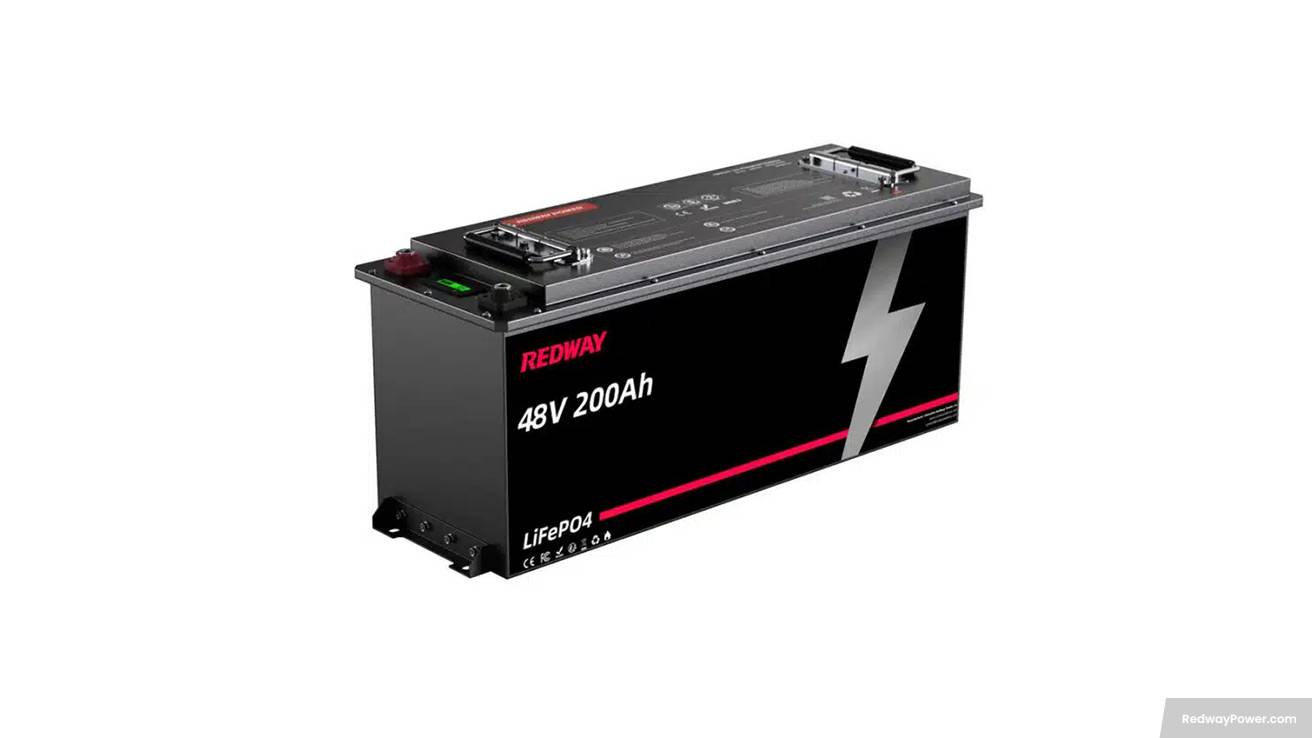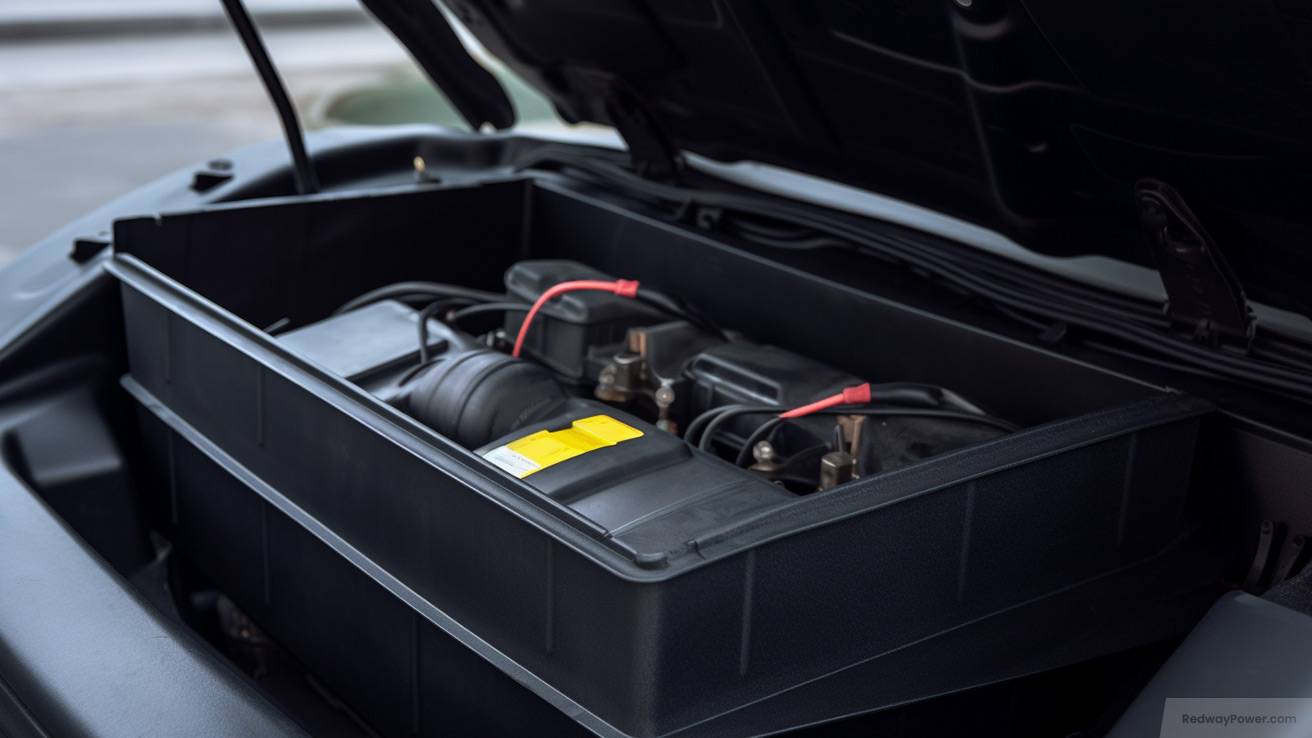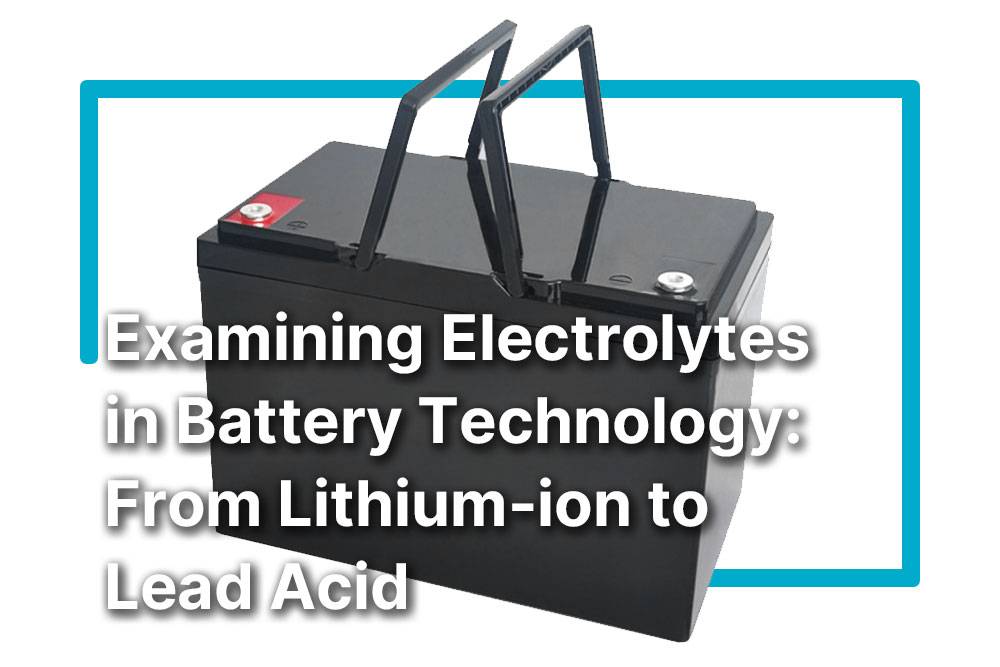- Lithium Golf Cart Battery
- Forklift Lithium Battery
-
48V
- 48V 210Ah
- 48V 300Ah
- 48V 420Ah (949 x 349 x 569 mm)
- 48V 420Ah (950 x 421 x 450 mm)
- 48V 456Ah
- 48V 460Ah (830 x 630 x 590 mm)
- 48V 460Ah (950 x 421 x 450 mm)
- 48V 460Ah (800 x 630 x 600 mm)
- 48V 460Ah (820 x 660 x 470 mm)
- 48V 500Ah
- 48V 560Ah (810 x 630 x 600 mm)
- 48V 560Ah (950 x 592 x 450 mm)
- 48V 600Ah
- 48V 630Ah
-
48V
- 12V Lithium Battery
12V 150Ah Lithium RV Battery
Bluetooth App | BCI Group 31
LiFePO4 Lithium
Discharge Temperature -20°C ~ 65°C
Fast Charger 14.6V 50A
Solar MPPT Charging - 24V Lithium Battery
- 36V Lithium Battery
- 48V Lithium Battery
-
48V LiFePO4 Battery
- 48V 50Ah
- 48V 50Ah (for Golf Carts)
- 48V 60Ah (8D)
- 48V 100Ah (8D)
- 48V 100Ah
- 48V 100Ah (Discharge 100A for Golf Carts)
- 48V 100Ah (Discharge 150A for Golf Carts)
- 48V 100Ah (Discharge 200A for Golf Carts)
- 48V 150Ah (for Golf Carts)
- 48V 160Ah (Discharge 100A for Golf Carts)
- 48V 160Ah (Discharge 160A for Golf Carts)
-
48V LiFePO4 Battery
- 60V Lithium Battery
-
60V LiFePO4 Battery
- 60V 20Ah
- 60V 30Ah
- 60V 50Ah
- 60V 50Ah (Small Size / Side Terminal)
- 60V 100Ah (for Electric Motocycle, Electric Scooter, LSV, AGV)
- 60V 100Ah (for Forklift, AGV, Electric Scooter, Sweeper)
- 60V 150Ah (E-Motocycle / E-Scooter / E-Tricycle / Tour LSV)
- 60V 200Ah (for Forklift, AGV, Electric Scooter, Sweeper)
-
60V LiFePO4 Battery
- 72V~96V Lithium Battery
- Rack-mounted Lithium Battery
- E-Bike Battery
- All-in-One Home-ESS
- Wall-mount Battery ESS
-
Home-ESS Lithium Battery PowerWall
- 24V 100Ah 2.4kWh PW24100-S PowerWall
- 48V 50Ah 2.4kWh PW4850-S PowerWall
- 48V 50Ah 2.56kWh PW5150-S PowerWall
- 48V 100Ah 5.12kWh PW51100-F PowerWall (IP65)
- 48V 100Ah 5.12kWh PW51100-S PowerWall
- 48V 100Ah 5.12kWh PW51100-H PowerWall
- 48V 200Ah 10kWh PW51200-H PowerWall
- 48V 300Ah 15kWh PW51300-H PowerWall
PowerWall 51.2V 100Ah LiFePO4 Lithium Battery
Highly popular in Asia and Eastern Europe.
CE Certification | Home-ESS -
Home-ESS Lithium Battery PowerWall
- Portable Power Stations
Can I Replace My Lead Acid Battery with a Lithium Battery?

Replacing lead acid batteries with lithium batteries can significantly enhance performance, efficiency, and longevity. However, it is essential to understand the implications of such a switch, including necessary upgrades and potential drawbacks. This article explores the feasibility and considerations involved in replacing lead acid batteries with lithium alternatives.
What are the benefits of replacing lead acid batteries with lithium?
Switching from lead acid to lithium batteries offers numerous advantages:
- Higher Energy Density: Lithium batteries provide more energy storage in a smaller, lighter package.
- Longer Lifespan: They typically last longer than lead acid batteries, often providing over 2,000 cycles compared to 500 for lead acid.
- Faster Charging: Lithium batteries charge much quicker, often within a couple of hours.
- Lower Self-Discharge Rate: They retain their charge longer when not in use, making them more reliable for intermittent use.
Benefits Chart
| Benefit | Description |
|---|---|
| Higher Energy Density | More energy storage in a smaller size |
| Longer Lifespan | Over 2,000 cycles versus about 500 for lead acid |
| Faster Charging | Charges within hours instead of overnight |
| Lower Self-Discharge | Retains charge longer when idle |
How do I successfully replace lead acid batteries with lithium?
To successfully convert from lead acid to lithium batteries, follow these steps:
- Select the Right Battery: Choose a lithium battery that matches your power requirements and physical dimensions.
- Upgrade Charging Components: Ensure your charger is compatible with lithium technology; many require different charging profiles.
- Implement Safety Measures: Install a battery management system (BMS) to monitor battery health and prevent overcharging.
What considerations should I keep in mind before making the switch?
Before replacing your lead acid battery with lithium, consider:
- Compatibility: Ensure that your existing equipment can accommodate the different voltage and charging requirements of lithium batteries.
- Weight Reduction: While lithium is lighter, ensure that your setup can handle the weight distribution changes.
- Cost Implications: Although lithium batteries are more expensive upfront, their longevity may result in lower costs over time.
Which components need to be upgraded when switching to lithium?
When upgrading from lead acid to lithium batteries, you may need to replace or adjust several components:
- Charger: Use a charger specifically designed for lithium batteries.
- Battery Management System (BMS): A BMS is crucial for monitoring battery health and ensuring safe operation.
- Fuses and Wiring: Ensure that fuses are rated appropriately for the new battery’s discharge rates.
Components Chart
| Component | Required Action |
|---|---|
| Charger | Replace with a lithium-compatible charger |
| Battery Management System | Install a BMS for safety monitoring |
| Fuses | Upgrade fuses to match higher discharge rates |
Are there any drawbacks to using lithium batteries?
Despite their advantages, there are some drawbacks associated with lithium batteries:
- Higher Initial Cost: The upfront cost of lithium batteries is significantly higher than that of lead acid options.
- Temperature Sensitivity: Lithium batteries can be sensitive to extreme temperatures, which may affect performance.
- Safety Concerns: While generally safe, improper handling or manufacturing defects can pose risks such as overheating.
How does the cost of lithium compare to lead acid batteries?
Lithium batteries typically have a higher initial purchase price compared to lead acid batteries; however, their longevity and efficiency can offset these costs over time. While a quality lead acid battery might cost around $100-$200, equivalent lithium options can range from $500-$1,200 or more depending on capacity and brand.
Tips for Battery Wholesale Buyers
For those interested in OEM orders or wholesale purchases of batteries, consider these key points:
- Quality Assurance: Choose manufacturers known for their reliability and product quality.
- Compatibility Checks: Ensure that the products meet specific requirements for performance and safety.
- Cost Efficiency: Compare prices across suppliers for competitive rates.
Redway Power, a reputable lithium battery manufacturer with over 13 years of experience, is an excellent choice for wholesale buyers seeking dependable products.
Redway Power Expert Views
“Transitioning from lead acid to lithium can greatly enhance performance but requires careful planning,” states an expert from Redway Power. “Understanding compatibility and ensuring proper installation will maximize benefits while minimizing risks.”
FAQ Section
- Can I directly replace my lead acid battery with a lithium battery?
While it is possible, you must consider compatibility issues such as charging systems and safety measures. - What should I look for when choosing a replacement lithium battery?
Select a battery that meets your power requirements and ensure it is compatible with your existing equipment. - Are there any maintenance requirements for lithium batteries?
Lithium batteries require less maintenance than lead acid; however, regular checks on connections and BMS functionality are recommended.

























